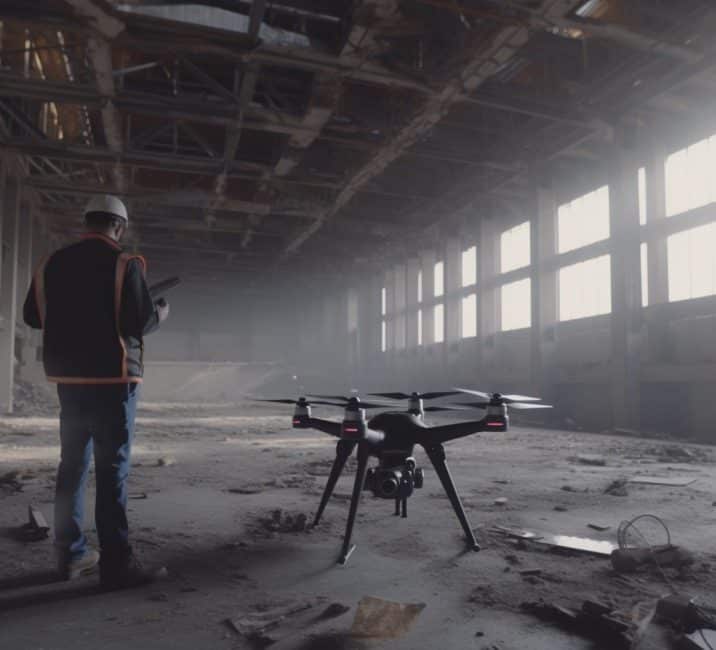Drones have revolutionized the way infrastructure inspections and maintenance are conducted, offering numerous benefits that improve efficiency, safety, and cost-effectiveness. In this article, we will explore the advantages of using camera drones in infrastructure inspections and maintenance.
- Enhanced Safety: One of the primary benefits of using camera drones for infrastructure inspections is improved safety. Drones can access hard-to-reach or hazardous areas without the need for human inspectors to physically climb or enter potentially dangerous structures. This reduces the risk of accidents and injuries, ensuring the safety of inspection personnel.
- Increased Efficiency: Drones are capable of covering large areas in a fraction of the time it would take to inspect manually. With their ability to fly over and around structures, camera drones can quickly capture detailed visual data and identify potential issues. This increased efficiency allows for more frequent inspections, leading to early detection of problems and timely maintenance.
- Cost-Effective: Traditional methods of infrastructure inspection often require significant resources, including specialized equipment, manpower, and time. Drones offer a cost-effective alternative by reducing the need for extensive manpower and expensive equipment. The use of camera drones can significantly lower inspection and maintenance costs while providing accurate and high-quality data.
- Rapid Data Collection: Drones equipped with high-resolution cameras and sensors can capture detailed visual data and collect other relevant information. This data can include images, videos, thermal imaging, and even LiDAR scans. The rapid collection of such data allows for a comprehensive understanding of the infrastructure’s condition, enabling proactive maintenance and minimizing downtime.
- Remote Monitoring and Real-Time Analysis: Drones equipped with live video streaming capabilities enable remote monitoring of inspections. This means that experts can review the footage in real-time and make immediate decisions or recommendations. Real-time analysis of the data gathered by camera drones allows for quick identification of potential issues, facilitating prompt action and reducing the likelihood of major failures or costly repairs.
- Improved Accuracy and Documentation: Drones provide highly accurate and detailed visual data, enabling inspectors to identify even minor defects or anomalies. This level of accuracy ensures that no issues go unnoticed, improving the overall quality of inspections. Additionally, the data captured by camera drones can be stored and used as documented evidence for future reference, ensuring a comprehensive record of the infrastructure’s condition over time.
- Preventive Maintenance: Regular camera drone inspections and data collection allow for the implementation of preventive maintenance strategies. By identifying and addressing potential issues before they escalate, drones help to extend the lifespan of infrastructure and reduce the likelihood of unexpected failures. This proactive approach to maintenance can save significant costs and minimize disruptions.
Drones have transformed infrastructure inspections and maintenance by offering enhanced safety, increased efficiency, cost-effectiveness, rapid data collection, remote monitoring, improved accuracy, and the ability to implement preventive maintenance strategies. As camera drone technology continues to advance, we can expect even more sophisticated capabilities that will further optimize infrastructure management and ensure the longevity of critical assets.




